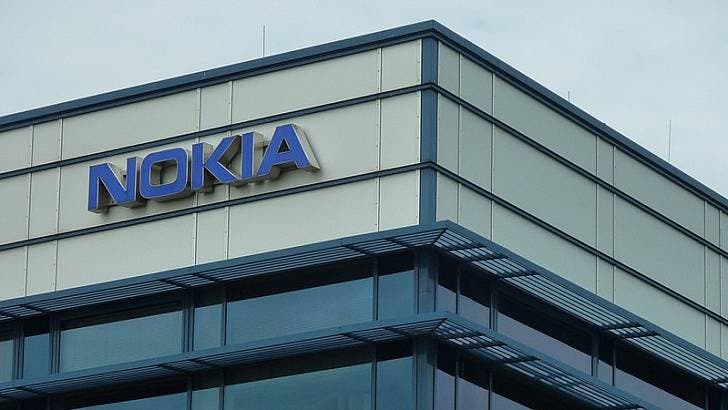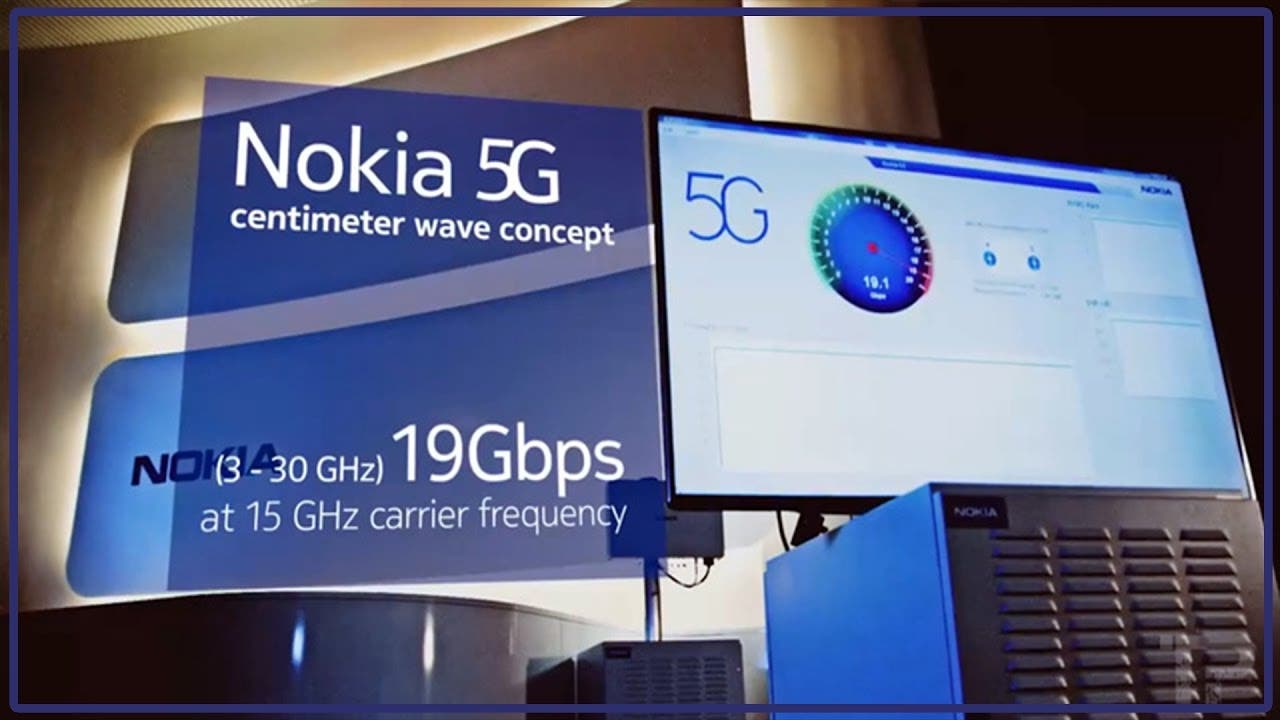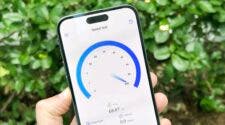In order to avoid future disputes related to 5G patent licensing, Nokia has announced its licensing rate for 5G standard-essential patents. Nokia will charge approximately $3.48 per device and this rate is significantly lower than the 5G patent license rate announced by rivals Ericsson and Qualcomm. The 5G international standard was finalized in June, mainly based on engineering and experimental achievements of wireless giants Qualcomm, Huawei, Ericsson, Samsung, and Nokia. In return for developing the 5G standard, these companies have the right to license their contributions to equipment manufacturers, but with the principle of “fair, reasonable and non-discriminatory” (FRAND).
 The FRAND patent license is designed to help technology pioneers reap the rewards and profits of their investments without over-pressing equipment manufacturers or consumers. The FRAND patent license adds an average cost of approximately $9.60 per 4G handset, but if the license fees of multiple patent holders are added together, this part of the cost may account for about 10% of the wholesale price of each handset. Nokia’s flat rate contrasts with Ericsson, which offers a floating price range that charges $2.50 to $5 per 5G device, depending on the price of the phone. Nokia’s license fee is still far lower than Qualcomm. The latter plans to charge a license fee of 2.275% for each single-mode 5G mobile phone according to the wholesale price, and a license fee for the multi-mode 5G mobile phone at 3.25% of the wholesale price.
The FRAND patent license is designed to help technology pioneers reap the rewards and profits of their investments without over-pressing equipment manufacturers or consumers. The FRAND patent license adds an average cost of approximately $9.60 per 4G handset, but if the license fees of multiple patent holders are added together, this part of the cost may account for about 10% of the wholesale price of each handset. Nokia’s flat rate contrasts with Ericsson, which offers a floating price range that charges $2.50 to $5 per 5G device, depending on the price of the phone. Nokia’s license fee is still far lower than Qualcomm. The latter plans to charge a license fee of 2.275% for each single-mode 5G mobile phone according to the wholesale price, and a license fee for the multi-mode 5G mobile phone at 3.25% of the wholesale price.
Gizchina News of the week
In this way, for each 5G mobile phone, Qualcomm’s 5G license fee alone reaches $13. Together with the patent fees of Ericsson and Nokia, the license fee for each 5G device exceeds $2.1 billion. This does not count the license fees of other standard and essential patent holders such as Huawei and Samsung. However, large equipment manufacturers generally negotiate bulk purchase discounts with patent holders, and the actual royalty rate paid is much lower than the rate publicly disclosed by patent holders. By setting a lower price and increasing licensing transparency, Nokia seems to want to avoid Qualcomm’s troubles with 4G patent license fees. Due to patent disputes with Apple, Samsung, and Huawei, Qualcomm was subject to international investigations and lawsuits, and its stocks were also turbulent.
In order to appease the licensee in the 5G era, Qualcomm lowered the total sales price of the patent fee from $500 to $400, and the maximum patent fee charged from each mobile phone was reduced from $16.25 to $13. This indicates that Qualcomm hopes to settle the patent dispute with Apple. However, the two sides have not reached a settlement and Apple dumped the Qualcomm modem chip in 2018. By publicly disclosing its 5G patent fees and maintaining a lower price, Nokia has significantly reduced the chances of future patent disputes and increased the possibility of making a profit from a batch of new 5G products. According to Nokia, the flat rate of approx. $3.48 price is applicable to smartphones, and different rates may be charged for other 5G devices that appear in the future.
Huawei is the only remaining 5G patent holder with unpublished license rates. However, Huawei’s rotating chairman Xu Zhijun said that the company will stick to the FRAND principle and make every effort to reduce the licensing rate for 5G patents. He also said that 5G patent holders should ensure that their cumulative patent rates are lower and more transparent than 4G.





